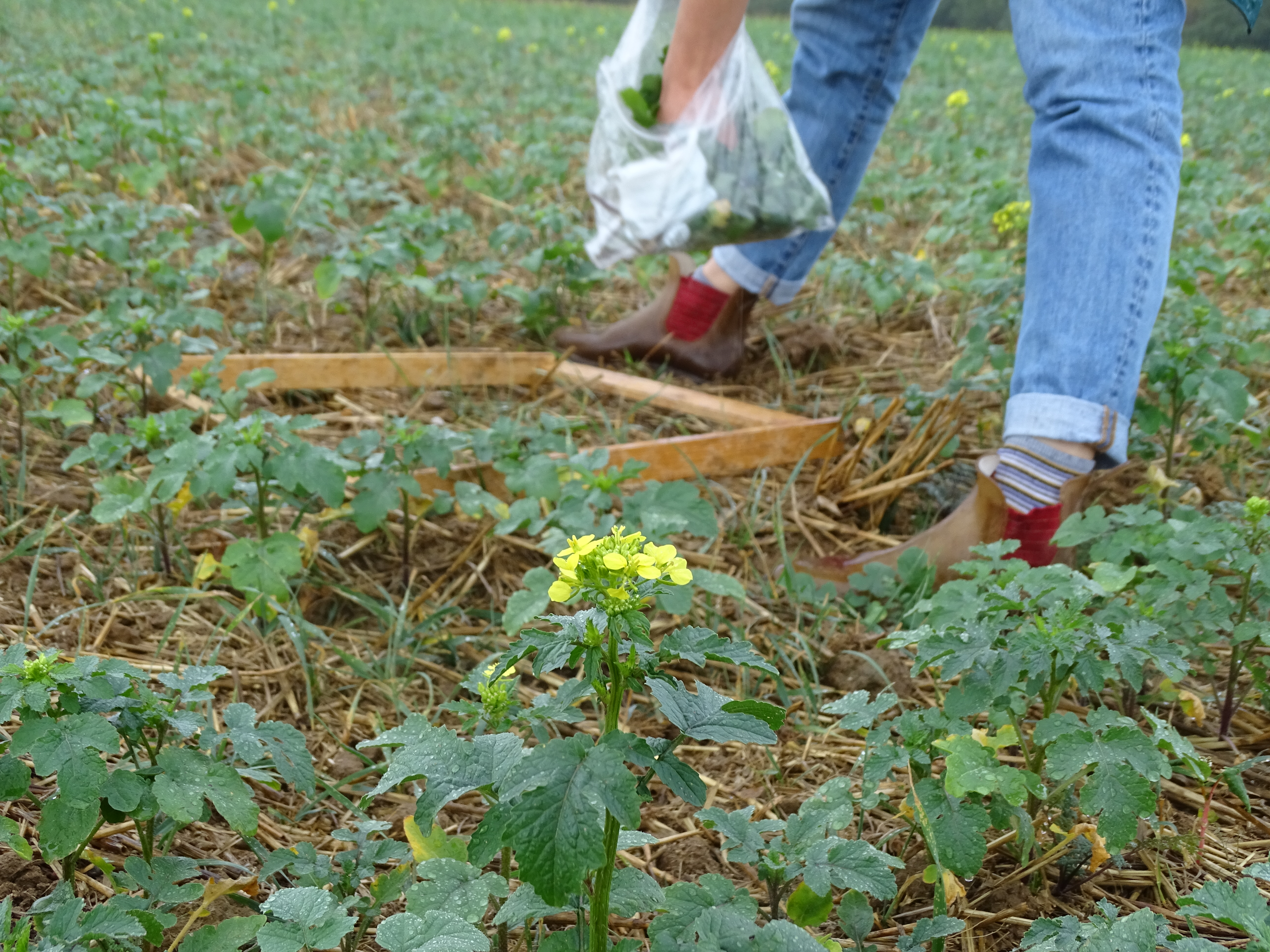In recent months at SERPN, the time has come for observation and sampling in the field on the BAC. In fact, before the destruction of intercultural cover, Marine performs field reconnaissance and weighing of biomass of certain cover and regrowth. This weighing allows to know the quantity of nitrogen absorbed by the cover, thanks to a tool which will transcribe this biomass into absorbed nitrogen. These elements will also make it possible to know the quantity of nitrogen involved in the plot. This data will be useful to discuss at the start of the year with the farmer about his fertilization, during individual meetings which take place regularly throughout the year.
At the same time, soil samples were taken from all the plots involved in the process. The laboratory will therefore very soon return the results of the Winter Entry Remains which will make it possible to determine if the objectives are reached for each crop succession.
As a reminder, the objectives of REH are part of the dashboard and allow reaching a water quality objective of 37.5 mg / L:
- for the cereal-cereal succession, the objective is to reach 60 UN / Ha,
- for the rapeseed-cereal succession, the objective is to reach 50 UN / Ha,
- for long interculture succession, the objective is to reach 45 UN / Ha.
The next step will therefore be to collect and process WER data to determine which plots produced quality water. The results will be analyzed by the farmer and the facilitator with a view to continuous improvement.



